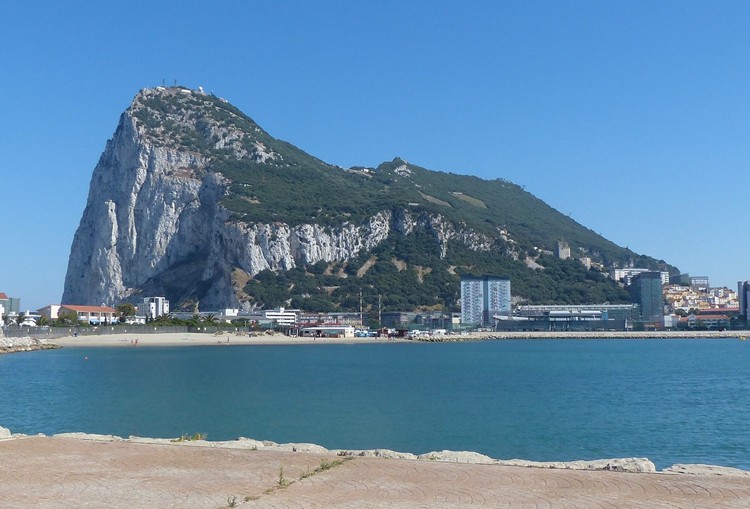
Title: Highlights Of A Trip To Gibraltar
Europe is so full of small countries and independent regions that it can be easy to overlook some pretty fascinating destinations. Gibraltar is one such destination, but while it’s quite tiny, it has a lot to offer the curious traveler. I wound up stopping by as part of a trip to Spain, which, I suspect, is the case for a lot of tourists. For those who don’t know, Gibraltar is technically a territory of Great Britain, but is located on the southern coast of Spain, jutting out into the Alboran Sea. It may be best known for its relation to the “Strait of Gibraltar,” which is the sliver of sea dividing Spain from the tip of Africa.
At any rate, it’s a surprisingly interesting little place to visit, and in ways feels like its own small country. Here are some of the highlights, for anyone who might be interested in adding the territory to a travel list.
The Rock
It’s the obvious choice (which you’ll find out if you’ve gone as far as to Google “Gibraltar”), but I’d be remiss if I didn’t start here. It’s essentially a giant cliff that rises out of nowhere to tower over most of the territory, and it’s easily the main attraction on the peninsula. The truth of the matter is that the rock actually encompasses many of the other attractions, but a ticket to the Upper Rock Nature Reserve is an absolute must if you’re visiting the area. It’s your way to get up above Gibraltar, hang out on the famous structure, and enjoy some of the additional sights and activities I’ll highlight below.
The Apes
That’s right – there are apes. They’re in the Upper Rock Nature Reserve, and they’re among the most surprising and interesting wildlife attractions in Europe. In fact, according to one look at the territory’s top tourist attractions, the Barbary macaques are the only monkeys living wild in Europe. There aren’t too many of them left, with estimates falling between 200 and 300 depending on where you’re reading. But in an area as small as Gibraltar, that’s actually more than it sounds like. At the end of the day, there’s just something strangely satisfying about observing wild apes on a cliff in southern Spain.
The Moorish Castle
There’s actually been a good deal of emphasis on Gibraltar’s long and fascinating history of late, due to questions of its allegiance arising amidst political turmoil in Britain. Dating way back, following the collapse of the Roman Empire, the region actually came under Moorish rule for a time. The Moors actually named the peninsula Jebel Tariq, which over time was simplified and twisted into “Gibraltar.” The Moors lost the land to the Spanish, but one of the coolest landmarks you can enjoy on a visit is the castle they left behind. It’s now in ruins (and flying a British flag), but it gives you a strong sense of just how involved this little corner of the world has been in history. If you’re a history buff (like me), it’s very cool to observe.
Casemates Square
Casemates Square is actually a little bit difficult to describe, other than by saying it’s the center of activity in Gibraltar. It’s located at one end of the territory’s Main Street and is a hub for communal activity, cafés and shops, and occasionally live performances. The square itself is not particularly noteworthy for any architectural feature or anything of the like, but its backdrop (the rock) lends it a postcard quality uniquely its own. I would say Casemates Square is less of an attraction to seek out and more of an area you’ll inevitably spend some time in if you visit Gibraltar. It won’t disappoint.
Gibraltar Museum
Museums can get a little old on lists of attractions, but the truth of the matter is that Europe is so rich in art and history that area-specific museums are usually worth your time. I went history buff on you already when discussing the Moorish Castle, but I have to recommend this as another stop. It’s been called a showcase of the rich diversity of Gibraltar’s cultural heritage, and I couldn’t put it much better. The museum is fairly small, but in it you’ll learn about the history of the peninsula, from Neanderthal inhabitation to Spanish and British occupations in recent centuries. I’d actually recommend it as a first stop, as it makes for a quick visit and gives you a sense of appreciation for the territory you’re exploring.
